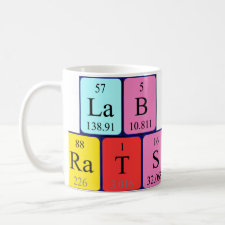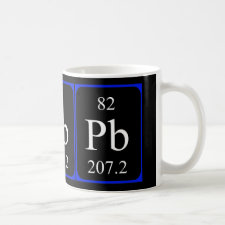
Authors: Tong LY, Chen JD, Yuan YY, Cui ZH, Ran MF, Zhang Q, Bu J, Yang FQ, Su XH, Xu H
Article Title: A novel lead ion-imprinted chelating nanofiber: Preparation, characterization, and performance evaluation.
Publication date: 2015
Journal: Journal of Applied Polymer Science
Volume: 132
Issue: (8)
Page numbers: Article No 41507.
DOI: 10.1002/app.41507
Abstract: A novel Pb(II) ion-imprinted chelating nanofibers (nIIP), synthesized by combining electrospinning with surface ion imprinting technique, was reported in this study. nIIP was characterized with Fourier transmission infrared spectrometry and scanning electron microscopy, respectively. The performance of nIIP for Pb(II) sorption was conducted through a batch adsorption experiments. Experimental data showed that adsorption capacity of nIIP was much higher than that of non-ion imprinted chelating acrylic microfibers (mNIP) derived from commercial available acrylic microfibers, and adsorption behaviors agreed well with pseudo-second-order kinetic and Langmuir isotherm model. The values of Gibbs free energy change derived from experimental data suggested that the adsorption Pb(II) on nIIP is spontaneous and favorable at high temperature. In addition, nIIP had the highest selectivity among three tested fibrous adsorbents for Pb(II) from binary metal solution, the selectivity coefficients for Pb(II) from binary metal solution of Pb(II)/Cu(II), Pb(II)/Ni(II), and Pb(II)/Cd(II) onto nIIP were 47, 101, and 162, respectively. Besides, a forty adsorption/desorption cycles revealed that nIIP was a promising recyclable adsorbent. In conclusion, the novel nIIP is a highly effective adsorbent for enrichment and separation of Pb(II) in the presence of competitive ions in aqueous solution, and it is potential to be applied for recovering metals from heavy metal polluted industrial wastewater such as Pb(II)/Cd(II), Pb(II)/Ni(II), and Pb(II)/Cu(II) polluted wastewater. © 2014 Wiley Periodicals, Inc. J. Appl. Polym. Sci. 2015, 132, 41507
Template and target information: lead ion, Pb(II)
Author keywords: adsorption, fibers, separation techniques



Join the Society for Molecular Imprinting

New items RSS feed
Sign-up for e-mail updates:
Choose between receiving an occasional newsletter or more frequent e-mail alerts.
Click here to go to the sign-up page.
Is your name elemental or peptidic? Enter your name and find out by clicking either of the buttons below!
Other products you may like:
 MIPdatabase
MIPdatabase









